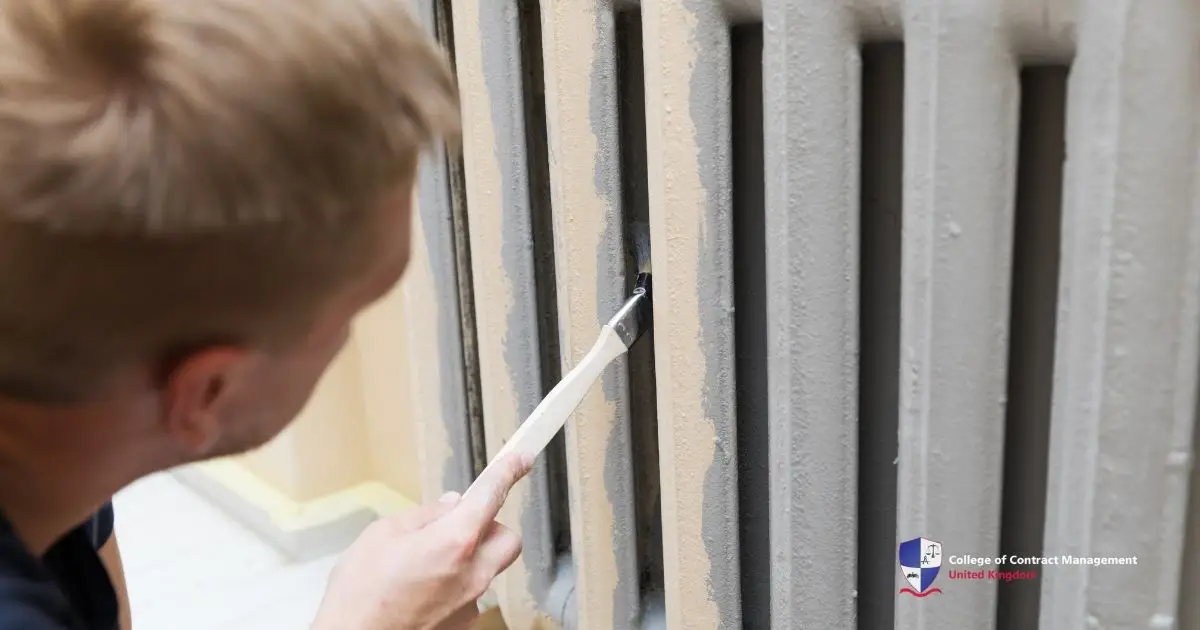In 2021, the Prime Minister of Saudi Arabia, Prince Mohammed bin Salman, announced NEOM the line, which has been one of the most ambitious projects ever conceived in history. A new way to see a city as 170-kilometre-long. Over 500 meters high mirror community runs through the desert of Tabuk. Being part of the larger NEOM gigacity, the brainchild of Prince Mohammed bin Salman. It hopes to turn Saudi Arabia from an oil country to a technological utopia.
NEOM the line, promises to offer a condensed city planning life into a narrow vertical corridor. It is where every facet of your needs will be just a 5-minute walk. They, in turn, remove the need for cars, streets and urban sprawl. It would be replaced by an AI rail system that is powered by green energy. Hence, the original idea was a gravity-free city with stacked infrastructure.
The project already started in 2017, with funding directly from the Saudi Arabian government. The project will cover 26,500 square kilometres at a total cost of £375 billion. The first phase of The Line, the mega-development that will stretch along a very long straight line, was recently announced. Now, the first section will be called Hidden Marina. It will be 2.5km long and will rise 500 metres. Three interconnected modules, designed to accommodate more than 200,000 residents.
How much will NEOM the line cost?
The cost of the line has ballooned to the eye-watering number of £6.61 trillion. Hence, it started from a £375 billion projected cost of the project. This comes from reports delivered to the board of NEOM the line that revealed it would also only be at its "end-state" by 2080. The first phase could be completed in 2035 at £277 billion. However, the overall cost of the project could be around 25 times the Saudi national budget.
The £6.61 trillion price tag is a staggering rise from the initial £375 billion cost of the project. Hence, has suffered a series of setbacks. This has now led to many setbacks in terms of vision and estimated finish time. Therefore, the Saudi government stated that they had scaled down NEOM, the line. Hence, they would construct only 2.4km of the intended 170km length by 2030.
An intended population size of 1.5 million had also been reduced to 300,000. The reports prompted speculation of a general downgrading of the project. It was originally planned to be completed by 2045. Saudi authorities still insist that the NEOM the line will be an impressive 100km long when completed. However, this will be a landmark feature of NEOM, but this will take decades to complete.
The sustainable architecture of NEOM The Line
Mohammed Bin Salman has started the switch from an oil-focused economy to an eco-renewable economy for Saudi Arabia. Neom the line is the spearhead towards that future by developing carbon-neutral, walkable cities. It will feature futuristic design and technology principles, setting new standards for urban living. The city will be able to function entirely on renewable energy and merge advanced robotics to support its operations.
The goal of this project is to become a model for future urban development. The project embraces innovative, mindful design by using mirrors in a linear-city layout to minimise its impact on the surrounding environment. High-speed rail will connect the entire line with ease, as well as homes, schools, public parks and offices will all be within a 5-minute walk. This project will have open spaces like parks and such, which will be within a 2-minute walk.
Being presented as an environmental utopia. NEOM the line embodied the thought of “Zero Gravity Urbanism.” The vision encompassed a city with sky-high mirrored walls, spanning 600 feet wide. The design aimed to create vertical layers for living, working, and recreation, promising unprecedented efficiencies in urban functionality. High-speed rail would seamlessly connect the car-free city, and renewable energy would entirely power it.
When will NEOM the line be complete?
Neom the line is currently projected to be completed in 100 years. At the very least, it would be at its end state by 2080. The new time frame of completion is much longer than previously announced, comments from officials involved in the project suggest. Now, with the new projected time, the project has been massively scaled down. Contractors would construct only the 2.4 km section of the intended 170 km length.
The authorities reduced the intended population size from 1.5 million to 300,000. They downgraded the timeframe as the only 2.4 km section will be finished by 2045. However there hasn't been any downsizing of the overall size of the project; it is still going to be over 100 km long, 1.2km wide.
Architects and engineers of NEOM the line
Delugan Meissl Associated Architects and global studio Gensler are the main architects of the first phase of NEOM the line. Thus, they announced that Delugan Meissl Associated Architects (DMAA) is the urban planner for phase one of the project, while Gensler will act as the city planning consultant. Therefore, the city revealed UK engineering studio Mott MacDonald as the infrastructure engineer.
Under DMAA leadership, they will appoint several other studios to design neighbourhoods inside the city starting early this year. This will be an approach to ensure every neighbourhood will have an individual sense to it without losing the core concepts of NEOM the line. Meanwhile, Gensler will coordinate the city planning and act as "city asset design architect", responsible for designing infrastructure including transport hubs and the public spaces.
Engineering challenges
Neom The line, an unprecedented over 100 km city line, creates huge engineering hurdles. First, managing thermal expansion over such a stretch demands a novel joint. Next is material systems, while seismic risk in the region requires advanced structural damping and flexible foundations. Embedding a high-speed rail spine and utility corridors underground adds another layer of complexity, as precision tunnelling must contend with variable geology, ensure structural integrity, and integrate ventilation and emergency access systems.
The other challenges that might arise are building through the rocky Hijaz mountains that will need extensive surveys, tailored drilling, blasting techniques, and machinery. Hence, needing to stabilise the cavernous section and manage rockfalls can pose big issues. Supplying water for concrete mixing and dust suppression in an arid environment. This causes reliance on large-scale desalination and long-distance pipelines, introducing logistical and corrosion-control challenges.
Urban planning concerns
The researcher is observing the progress of this city from the Vienna Complexity Science Hub. They had suggested that a circular city would have the same surface area and would have a much shorter commuting time and also walkability than in NEOM the line. The average distance between two inhabitants of a linear city would be 57 km, as opposed to 2.9 km for a circular city. In a linear city, each inhabitant would have only 1.2% of the population within walking distance, as opposed to 24% in a circular city.
In a linear city, walking or cycling would not be practical, as distances are too great. Even rapid trains in such a layout would entail very long travel times. In contrast, a densely built circular city encourages active mobility, walking and cycling and renders high-speed rail would only necessary in long-distance travel. Thus, the required density in a circular city would be much lower, which would allow it to be built with existing technology, As a result, it would reduce the environmental footprint of buildings. A railway line disruption would immobilise a linear city, but have less impact on a circular city.
Conclusion
NEOM the Line redefines urbanism as a carbon-neutral, linear city with 5-minute access to services, no cars, and renewable-powered transit. Yet cost overruns, technical hurdles, social connectivity concerns, phased-down scope, and extended timelines to 2080 temper its utopian promise, revealing both bold ambition and substantial challenges. Scaling back phases and budget increases have reduced initial expectations.
The College of Contract Management aims to give you the best offering of education. No matter if you just want to learn about NEOM, the line construction, or many more topics. They are offering quality construction courses for career growth. Their courses will provide you with a comprehensive understanding of the specialisation of your choice. Sign up for one of their programmes today! Achieve your professional development goals with the CCM.





